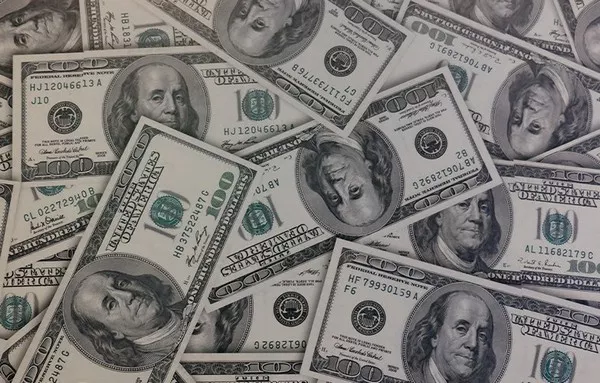The world of paper currency is rife with intriguing stories, rare specimens, and hidden treasures. Among the most sought-after and enigmatic banknotes is the $1,000 bill. In this article, we delve into the history, existence, and fascination surrounding the elusive $1,000 dollar bill.
Origins and History
The idea of having high-denomination banknotes dates back to the early 19th century when they were primarily used for large transactions between banks and the government. The United States, too, had its share of high-denomination banknotes, including the $1,000 bill.
Early High-Denomination Notes: The U.S. government first issued high-denomination banknotes in the late 18th century, with denominations of $500, $1,000, $5,000, and even $10,000. These notes were initially intended for use between banks and were not intended for the general public.
Gold Certificates: The $1,000 bill took on various forms, including Gold Certificates. These certificates were essentially promissory notes backed by gold held in the U.S. Treasury. They were a tangible representation of a certain amount of gold held in the national reserves.
The 1934 Redesign: In 1934, the U.S. government redesigned its currency, introducing new designs, security features, and standardizing the size of banknotes. The $1,000 bill was part of this redesign, featuring Grover Cleveland, the 22nd and 24th President of the United States, on the front.
The $1,000 Bill: A Brief Existence
The $1,000 bill was indeed in circulation, albeit for a short period. It was part of the U.S. currency system during the 1928, 1934, and 1934-A series. Despite its relatively short life span, these banknotes have left an indelible mark on the world of numismatics.
Limited Circulation: The $1,000 bill was not widely circulated, and it was primarily used in large financial transactions between banks and the Federal Reserve.
Discontinuation: In 1945, amid efforts to reduce the use of high-denomination currency for illicit activities, the U.S. government officially discontinued the issuance of $500, $1,000, $5,000, and $10,000 bills. This marked the end of an era for these high-denomination banknotes.
Collectors’ Treasures: Today, $1,000 bills are highly sought-after by currency collectors and numismatists. Due to their limited circulation, surviving specimens are rare and command significant premiums in the collector’s market.
Legal Tender Status
One of the most common questions regarding $1,000 bills is whether they are still considered legal tender. The answer is both yes and no.
Legal Tender Status: Technically, $1,000 bills are still considered legal tender in the United States. This means they are recognized as valid currency and could be used to settle debts. However, their actual circulation is almost non-existent in everyday transactions.
Practical Limitations: While $1,000 bills may be considered legal tender, it is highly unlikely that you will encounter one in your daily life. These notes are predominantly held by collectors, and their value as collectibles far exceeds their face value.
Collecting $1,000 Bills
The rarity and historical significance of $1,000 bills make them a prized possession for currency collectors and enthusiasts. Collecting these high-denomination banknotes has become a niche within the numismatic community.
Condition Matters: The value of a $1,000 bill, like any collectible currency, depends on factors such as its condition, rarity, and historical significance. Well-preserved, uncirculated specimens are the most coveted.
Rarity and Demand: The limited number of surviving $1,000 bills, coupled with their allure as a piece of American monetary history, contributes to their desirability among collectors. Rare serial numbers, printing errors, and other unique features can further enhance their value.
Authentication and Certification: Due to the potential for counterfeit notes and altered specimens, it’s crucial for collectors to have their $1,000 bills authenticated and certified by reputable grading services to ensure their authenticity and grade.
The $1,000 Bill in Popular Culture
The $1,000 bill has made appearances in popular culture, further contributing to its mystique.
Hollywood: The $1,000 bill has appeared in various films and television shows as a symbol of wealth and opulence. It is often used to convey a character’s affluence and extravagance.
Literature: Authors have occasionally used high-denomination banknotes like the $1,000 bill to depict financial intrigue and criminal activities in novels.
Historical Perspective: The $1,000 bill serves as a reminder of the evolving landscape of American currency. It reflects the economic and legal changes that have occurred over the years.
Conclusion
The $1,000 bill, once a part of the American monetary system, now exists mainly as a collector’s item and a relic of a bygone era. Its limited circulation, historical significance, and role in popular culture have elevated its status as an iconic piece of U.S. currency. While these banknotes may not be found in your wallet, their allure endures among numismatists and collectors who appreciate the intricate history and rarity of the elusive $1,000 dollar bill.


